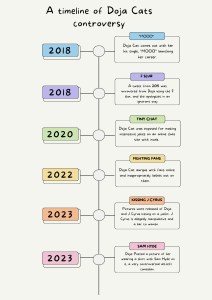History of the world’s most celebrated holiday
December 14, 2015
Celebrating New Year’s Day is a common worldwide tradition that commemorates the past year and looks forward to the new year. Festivities usually begin on December 31 (New Year’s Eve). These events usually include attending small parties, making resolutions, watching the New Year’s ball drop, and participating in various customs that have been created in different parts of the world.
According to The History Channel, the earliest records of New Year’s recognition dates back nearly 4,000 years to ancient Babylon. Members of Babylonian society celebrated the occasion with an 11 day religious festival. January first was officially named New Year’s Day in 46 B.C. when Julius Caesar released the Julian calendar. This Julian calendar is extremely similar to today’s Gregorian calendar.
Many countries have their own unique traditions for the New Year’s celebrations. In large amounts of Spanish speaking countries, citizens eat twelve grapes, each representing a month of the next year. Lentils are eaten in Italy. Pork is eaten in Cuba, Hungary, Austria, and Portugal. Ring-shaped cakes and pastries are eaten in Mexico, Greece, and the Netherlands. Rice pudding with an almond inside is eaten in Sweden and Norway. All of these different foods represent the hope of prosperity and good fortune in the new year.
The most well known tradition in the United States is the annual ball drop in New York City’s Times Square. The ball was first dropped in 1907 and currently weighs about 12,000 pounds and is 12 feet in diameter. This has become one of the most recognizable New Year’s celebrations in the world due to the growing amount of people who physically attend the event on the eve of every new year.








